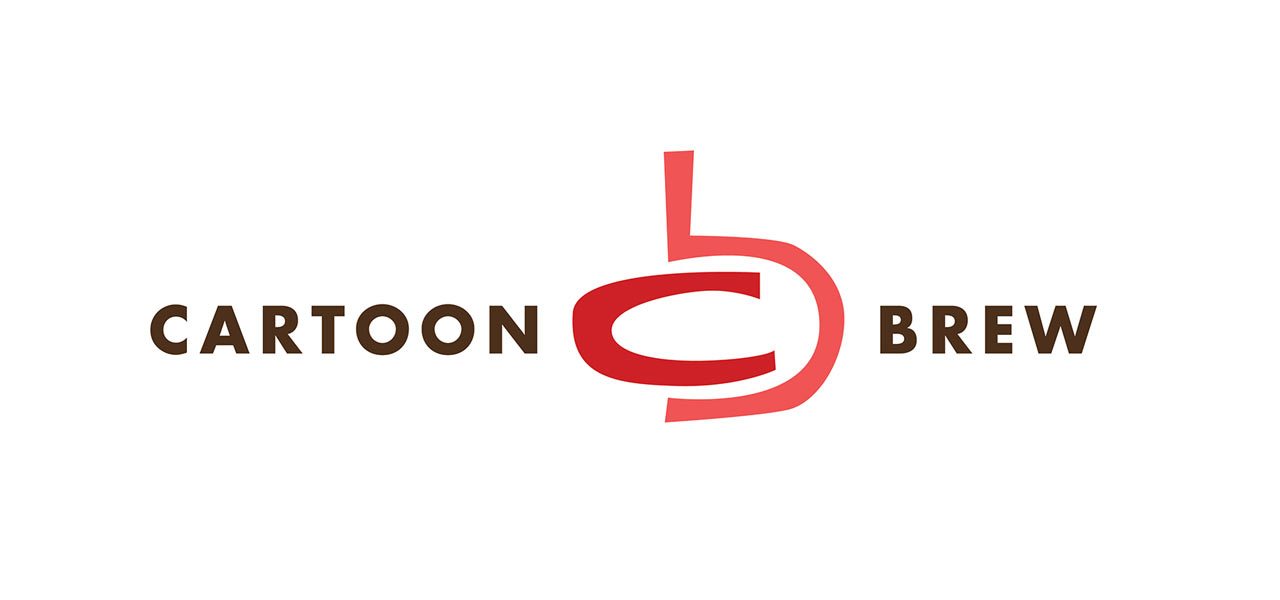

Directing TV Animation Part 2
Directors dont always have input into character designs for a TV series, but they should. There are many design issues that have enormous impact on production. Design is far more than how a character looks.
In drawn animation, the amount of pencil mileage the number of lines on a character has a direct effect on how long it takes to do a drawing. The number of colors on a character determines how quickly color can be applied, whether its by hand or by a digital system. Both of these things have an enormous impact on the schedule. If each image of a character is going to take a long time to produce, youre going to get less animation.
In computer animation, a big issue is intersections. While 3D characters look solid, there’s nothing to stop one surface from penetrating another. A character can easily push his hand through a table or his own body. When youre dealing with capes, skirts or long hair, you have to be concerned about the potential for intersections. Even something as simple as the design of a character’s neck might lead to intersections when the character talks or moves his head.
The more time the animators spend fixing intersections, they less time theyre spending on new animation. Being human, animators will often avoid moving something if they know that it will end up causing intersections and slow them down.
Non-artists dont realize that a design implies a style of motion. The audience expects a realistically designed character to move in a realistic fashion. This takes more time than moving a character in a stylized fashion. If you have a conflict between the level of realism in the design and in the motion, the audience doesnt perceive the character as believable. While a viewer might not be able to articulate it, the viewer knows that things just arent right.
Drawn animation deals with this fairly well due to experience. Theres been a resurgence of UPA style design in shows like Dexters Laboratory or The Fairly Oddparents because these designs can be moved in a stylized fashion that fits well with TV budgets. Even drawn action-adventure cartoons, such as the ones that Bruce Timm has designed, are stylized. Besides the visual appeal of the designs themselves, they also work with the quality of animation that will be done for the budget.
Computer animation on TV is still grappling with this issue. Certain shows, like Angela Anaconda and several pre-school shows, have taken the stylized design route and use animation that matches the design style well. CGI action adventure shows like Max Steele or Roughnecks: The Starship Trooper Chronicles have gone with a more realistic design that the animation couldnt live up to. These shows have failed to catch on with audiences and I think that the gap between design and motion styles is at least partially responsible.

.png)